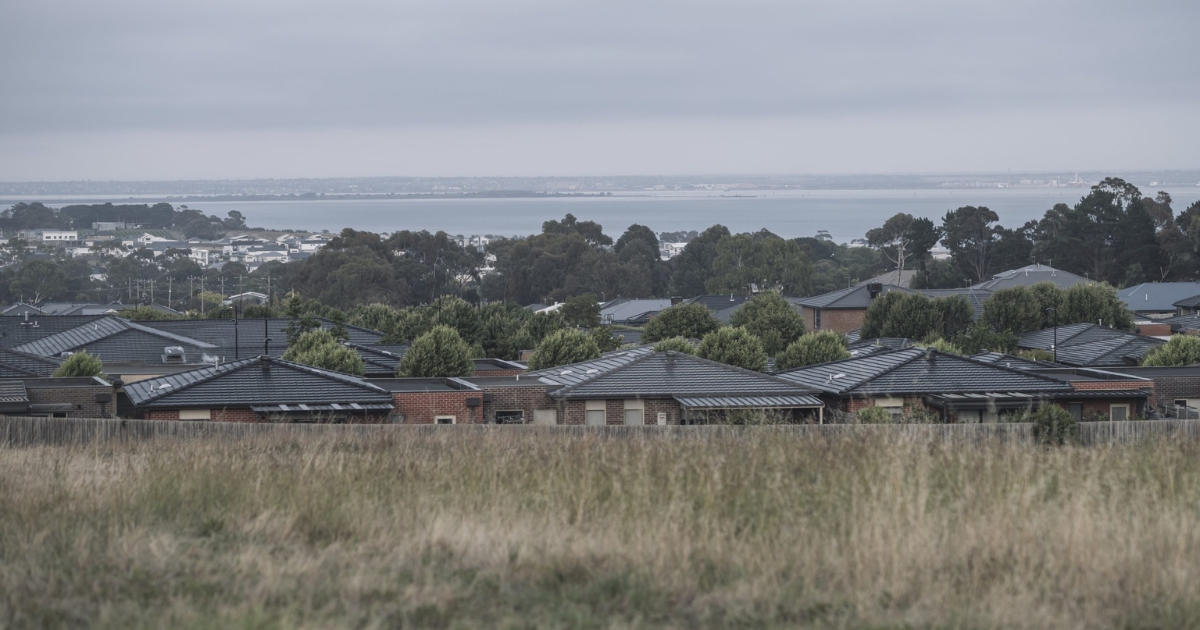Builds booming in Ballarat

New home approvals are up 20.1 per cent in Ballarat, and have been as high as 22.4 per cent recently. Photo: FILE
Peak industry body says city is outperforming rest of Victoria in housing approvals and construction
THE Housing Industry Association has said that Ballarat has established itself as arguably the strongest housing market in the state over the last year and a half.
The Australian Bureau of Statistics released its regional approvals data for the month of October earlier in the month and show that new builds are up from their already strong levels.
“Ballarat continues to shine, helping to maintain activity levels across regional Victoria far more strongly than in Melbourne,” said Fiona Nield, HIA Victorian regional executive director.
“Approvals in Melbourne over the last 12 months were 31.2 per cent lower than their annual peak in May 2018. Activity across regional Victoria has barely fallen at all over the same period, while Ballarat is up by 20.1 per cent and recently as high as 22.4 per cent.
“Ballarat also outperforms against its own long-term average, up by 18.5 per cent compared to 11.5 per cent in regional Victoria generally, while Melbourne is down by 12.5 per cent.
Geelong, the Latrobe Valley in Gippsland, and Shepparton are some other regions supporting good regional activity levels, all remaining above their annual May 2018 levels and above their own long-term averages.
Ms Nield said there were several factors sustaining the building boom in the city.
“Ballarat’s affordability advantage over the state’s capital, as well as its lifestyle and proximity, has driven demand for housing in the regional centre,” she said.
“Population growth since 2007 has been twice as fast as the preceding decade. Dwelling prices have been advancing rapidly and approvals have followed.
All that growth bodes well for other sectors and the wider community.
“The impact of the ongoing home building activity will support the local economy in the coming months, not to mention the infrastructure and services also required to accommodate it,” Ms Nield said.


















